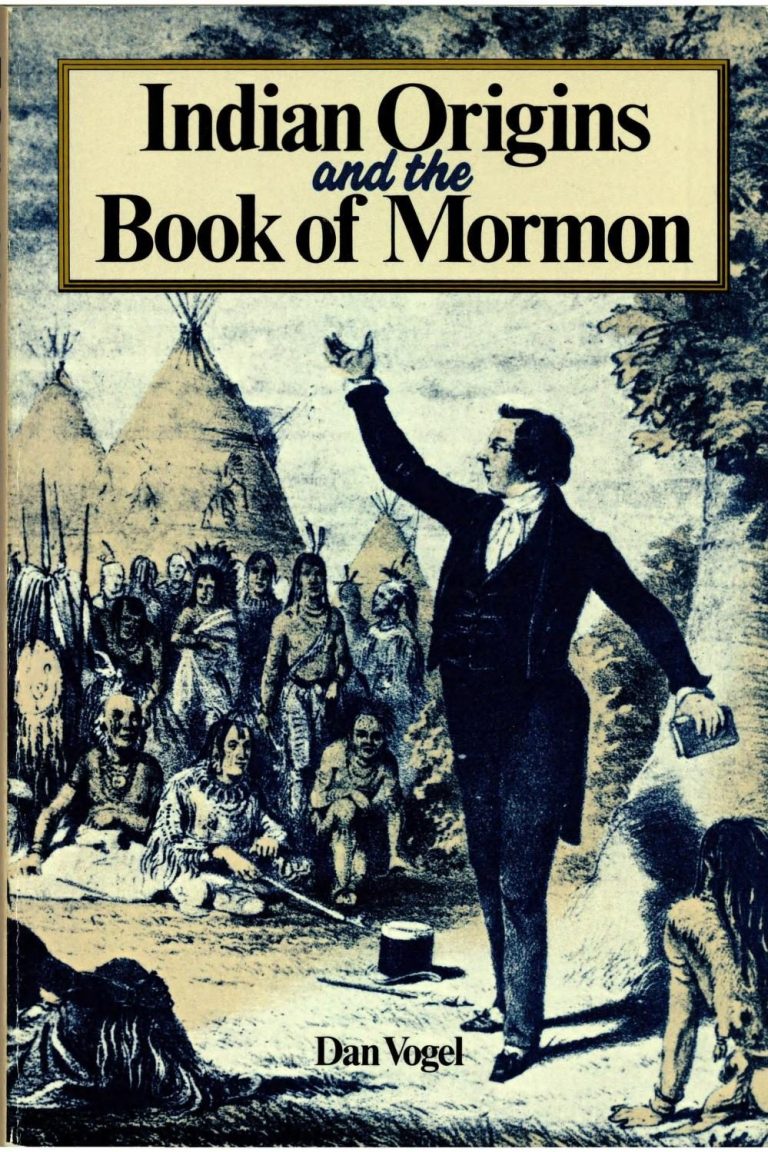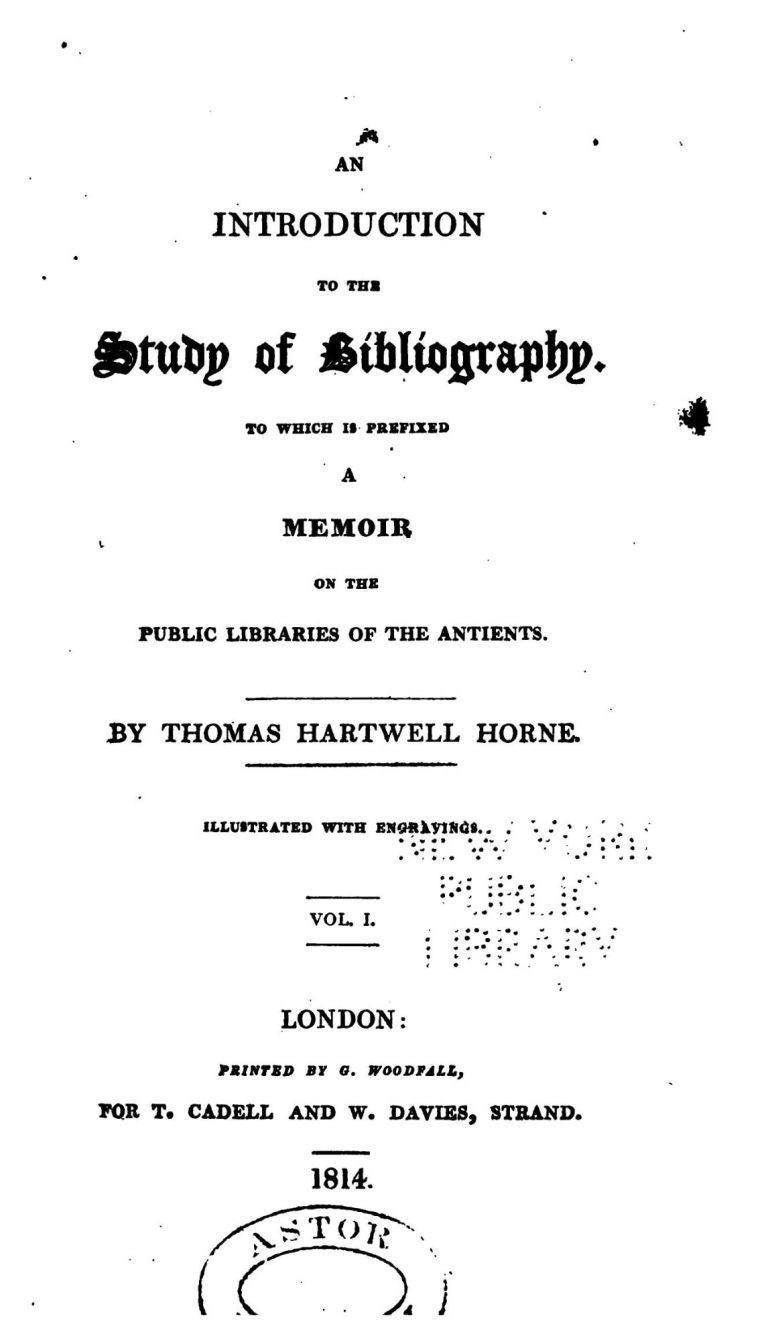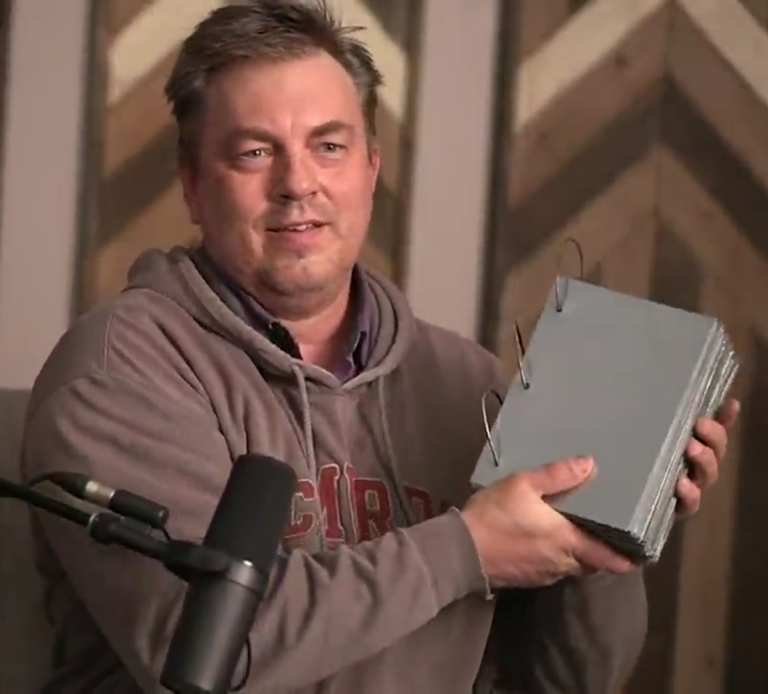
Problems
with Joseph Smith's Golden Plates
"No Such Records"
M. T. Lamb
Some apologists have tried to use M. T. Lamb’s ignorant statement concerning golden plates as a way to bolster the testimony of the three and eight witnesses. In his book The Golden Bible, M. T. Lamb stated:
“But after a very careful study of the book [The Book of Mormon], a conscientious and painstaking examination of all the evidences he has been able to gather both for and against it, the author of these pages has been forced to reject every one of the above claims. He is compelled to believe that no such people as are described in the Book of Mormon ever lived upon this continent; that no such records were ever engraved upon golden plates, or any other plates, in the early ages; that no such men as Mormon or Moroni or any other of the prophets or kings or wise men mentioned in the book, ever existed m this country; that Jesus Christ never appeared upon this continent in person, or had a people here before its discovery by Columbus. In short, that no such civilization, Christian or otherwise, as is described in the Book of Mormon ever had an existence upon either North or South America.


"Joseph's Inspiration"
Grant Palmer
In his book An Insider’s View of Mormon Origins, Grant H. Palmer speculated that …
“Believers and skeptics alike report that they physically hefted the box and handled something through a cloth. The weight, size, dimensions, and rings running through the metal were described by Martin and Lucy Harris, William Smith, Emma Smith, Isaac Hale, and others. According to Dan Vogel, the literary phrases of Joseph’s day (1823) described how the ancient mound builders and Jews were thought to have preserved their writings. They were said to have fashioned books of “brass… connected together by rings at the back,” in “stone boxes.” These ideas may have been Joseph’s inspiration for making a plate-like object to persuade belief.”
[Grant H. Palmer, An Insider’s View of Mormon Origins, pg. 207]
History of Metal Plates
Dan Vogel
In his book, Indian Origins and the Book of Mormon, Dan Vogel stated:
“Joseph Smith was certainly not the first to claim the discovery of a stone box, metal plates, or an Indian book. …According to various accounts, some of the North American mounds also contained metal plates. Plates constructed by the Indians were usually made of hammered copper or silver and were sometimes etched. …Given the currency of such stories, Joseph Smith’s own claim that he found a stone box, metal plates, and an Indian record in the hill near his father’s farm certainly would have seemed credible to his money-digging friends as well as to others of his contemporaries”
[Dan Vogel, Indian Origins and the Book of Mormon (Signature Books: Utah,1986), 18-19]

In 1775 Indian trader James Adair described two brass plates and five copper plates found with the Tuccabatches Indians of North America.
The Reverend Thaddeus Mason Harris stated in 1805 that “plates of copper have been found in some of the mounds, but they appear to be parts of armour.”
Orsamus Turner reported that in 1809 a New York farmer ploughed up an “Ancient Record, or Tablet.” He said it was made of copper and “had engraved upon one side of it. . .
The Philadelphia Port Folio reported in 1816 that “thin plates of copper rolled up” were discovered in one mound.
In 1823 John Haywood described “human bones of large size” and “two or three plates of brass, with characters inscribed resembling letters” found in one West Virginia mound.
In 1823, Ethan Smith of Poultney, Vermont, held that the Indians once had “a book which they had for a long time preserved. But having lost the knowledge of reading it, they concluded it would be of no further use to them; and they buried it with an Indian chief.”
[Dan Vogel, Indian Origins and the Book of Mormon (Signature Books: Utah,1986), 18-19]

Apocrypha
The Smith family Bible contained the apocrypha and in the 1st book of Maccabee we find this verse:
1 Maccabee 8:22 - “And this is a copy of the epistle which the senate wrote back again in tables of brass, and sent to Jerusalem, that there might have been them a memorial of peace and confederacy.”
A reference to brass plates also appears in 1 Macc. 14: 18-19.
Claudius Buchanan
1811
In his book “The Star in the East” published in 1811, Reverend Claudius Buchanan says that the Jews of Cochin, Indian, who Buchanan believed were remnants of the lost ten tribes, kept a history of their journey to those parts on “plates of brass.”


Thomas Hartwell Horne
1814
In his book “An Introduction of the Study of Bibliography” published in 1814, Thomas Hartwell Horne spoke of ancient plates.
“History indeed records …tablets of lead and copper [pg. 33]
The ancient books “were covered with wax, and the writing was executed in the styles or pens made of gold, silver, brass, iron, copper, ivory or bone, which at one end were pointed for the purpose of inscribing the letters, and smooth at the other extremity for the purpose of erasing. These tablets, when collected and fastened together, composed a book.” [pg. 37]
Jesse Smith
1829
In a letter written by Jesse Smith (Joseph Smith’s uncle) to Hyrum Smith on June 17, 1829, he wrote that Joseph Smith’s plates were made of lead.
“I write this at the request of my Father not for your sake you have not written to me, the story is that the gold book proved to be never wrote lead, that the Authority have taken it & Joe is under bonds to appear before his betters, so let it be.”

Could Joseph Smith have created his own plates?
From an Ensign article the story is told of Joseph Smith obtaining the plates. “As he was jumping over a log, a man sprang up from behind and gave him a heavy blow with a gun. Joseph turned around and knocked him to the ground, and then ran at the top of his speed. About half a mile further, he was attacked again in precisely the same way. He soon brought this one down also and ran on again, but before he got home, he was accosted the third time with a severe stroke with a gun." Joseph struck this third and final attacker with such force that he dislocated his own thumb. He continued running, "being closely pursued until he came near his father's house," at which time his assailants, "for fear of being detected," broke off the chase.” [Andrew H. Hedges, Ensign, January 2001]
Dan Vogel has written extensively on the gold plates and believes that Joseph Smith was finishing the plates on this day and likely dislocated his thumb trying to finish the ‘D rings’ that bound the sheets. That would be the final part of producing a set of metal sheets that are bound with the rings, and would certainly be very difficult on the thumb as you’re attempting to bend the rings into shape.
In this scenario, Joseph Smith needs a cover story for the dislocated thumb that occurred while he was finishing his prop set of gold plates, so he rushes home with the story of being attacked three times by treasure seekers to account for both the injury to his thumb and the plates finally making their way back. [https://www.ldsdiscussions.com/plates]

Recreating the
Golden Plates
On Mormon Stories episode 1388, Trent Told recreated a set of plates that matched the description of the plates using material that Joseph Smith would have had access to. It took Trent 2 hours to create his own set of plates.
© Copyright. All rights reserved.
We need your consent to load the translations
We use a third-party service to translate the website content that may collect data about your activity. Please review the details in the privacy policy and accept the service to view the translations.